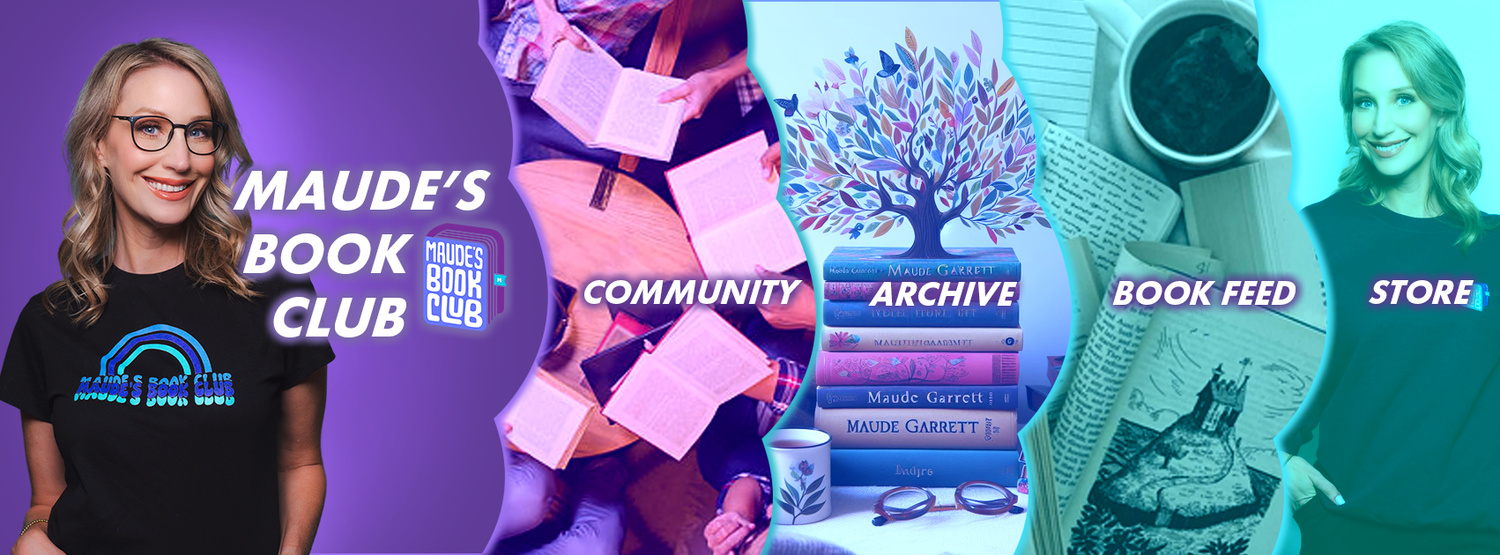Bury Our Bones in the Midnight Soil by V.E. Schwab
Book Description
This is a story about hunger.
1532. Santo Domingo de la Calzada.
A young girl grows up wild and wily—her beauty is only outmatched by her dreams of escape. But María knows she can only ever be a prize, or a pawn, in the games played by men. When an alluring stranger offers an alternate path, María makes a desperate choice. She vows to have no regrets.
This is a story about love.
1827. London.
A young woman lives an idyllic but cloistered life on her family’s estate, until a moment of forbidden intimacy sees her shipped off to London. Charlotte’s tender heart and seemingly impossible wishes are swept away by an invitation from a beautiful widow—but the price of freedom is higher than she could have imagined.
This is a story about rage.
2019. Boston.
College was supposed to be her chance to be someone new. That’s why Alice moved halfway across the world, leaving her old life behind. But after an out-of-character one-night stand leaves her questioning her past, her present, and her future, Alice throws herself into the hunt for answers . . . and revenge.
Book Club Questions
Initial impressions of the three protagonists (María, Charlotte, Alice)?
Whose story resonated with you most and why?
The theme of “hunger” is central—both literal and metaphorical. How is it introduced in the early chapters?
How does Schwab portray each time period (16th‑century Spain, 19th‑century London, and modern Boston)? Did the historical settings enrich your reading?Connection to femme and queer identity: How do María (young wife) Sabine (OG - the widow) and Alice grapple with societal expectations in their eras?
Transformation scenes—the moment each woman becomes something more—how did those feel emotionally and tonally?Symbols of soil and growth appear often (like buried bones, roses, earth). What do these suggest about rebirth, death, or continuity?
Tone and atmosphere: Did you find the writing gothic, haunting, sensual? Which passages evoked that strongest?
Pacing: Three narratives plus origin and transformation arcs—does the structure keep you intrigued, or does it feel disjointed?
Intergenerational echoes: Have you noticed thematic or emotional links between the timelines so far?
Isolation and belonging: Many scenes highlight how the women are outsiders—how did Schwab make you feel their loneliness?
Violence and agency: When violence erupts, how do the characters respond? Are their choices understandable?
Moral ambiguity: Early on, do you sympathize or hesitate to judge them as their transformation unfolds?
Predicted intersections: What clues hint at how the characters’ paths might cross?
Imagery of roses and teeth: Metaphors like “a feral rose … hiding sharp white teeth” stand out—how do these shape your sense of the story?What are you most eager to uncover in the second half? More about vampire mythology, queer desire, or the way their lives interconnect?

